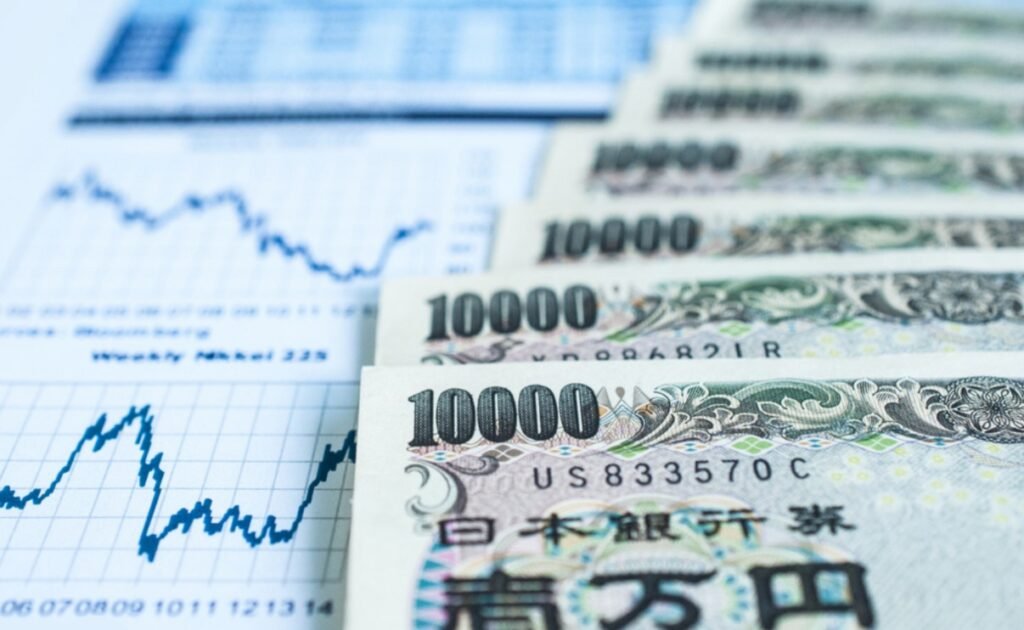Japan’s big employers are set to follow this year’s bumper pay hikes with another round in 2024, which are expected to help lift household spending and give the central bank the conditions it needs to finally roll back massive monetary stimulus.
According to a Reuters report, Japan’s major labor unions and employers agreed on a 3.58% total pay increase during this year’s spring wage negotiations, the highest since 1997. The result was driven by a tight labor market, rising inflation, and pressure from Prime Minister Fumio Kishida, who pledged to achieve another year of robust pay hikes and avoid the economic stagnation Japan saw in the late 1990s and early 2000s.

The back-to-back annual pay bumps would also provide a boost to consumer spending, which has been sluggish amid the COVID-19 pandemic and rising living costs. Japan’s household spending fell for a fourth straight month, slipping 4.2% from a year earlier in June. However, economists expect the wage growth to eventually translate into higher consumption and inflation, as households become more confident about the economic outlook and the virus situation improves.
The wage growth also outpaced the core consumer inflation, which hit 2.8% in September, remaining above the Bank of Japan’s (BOJ) 2% target but slowing below the 3% threshold for the first time in over a year. The inflation rate was mainly driven by surging global commodity prices, which have pushed up import costs and squeezed corporate profits. However, the BOJ expects the cost-push inflation to dissipate and be replaced by demand-pull inflation, which is more sustainable and reflects stronger economic activity.
BOJ Eyes Policy Exit amid Rising Market Expectations
The positive wage-inflation cycle could also pave the way for the BOJ to exit from its ultra-easy monetary policy, which has been in place since 2013. The BOJ currently sets a 0% target for the 10-year bond yield under a policy called yield curve control and guides short-term interest rates at -0.1% to reflate growth and sustainably achieve its 2% inflation target.
However, the BOJ has faced growing challenges and side effects from its prolonged easing, such as diminishing returns, financial imbalances, and market distortions. The BOJ has also lagged behind its global peers in normalizing its policy stance, as the U.S. Federal Reserve and the European Central Bank have signaled their intentions to taper their asset purchases and raise interest rates in the near future.
Markets are betting the BOJ could end negative interest rates by around April, when it gets more clarity on wages. The BOJ’s quarterly tankan business survey in December and wage talks between Japan’s largest business lobby and Rengo in January may offer even earlier clues. BOJ Governor Kazuo Ueda said on Wednesday the central bank does not necessarily need to wait until inflation-adjusted wage growth turns positive before it ends ultra-loose monetary policy. He said the decision could be made if the BOJ can foresee with some certainty that real wages will turn positive ahead.
Challenges and Risks Remain for Japan’s Economy
Despite the encouraging signs of wage growth and inflation, Japan’s economy still faces significant challenges and risks in the coming months. The COVID-19 pandemic is not over yet, and new variants could pose a threat to the recovery. Japan’s vaccination rate is still lower than some other advanced economies, and the government has extended the state of emergency in some areas until November 30.
Moreover, Japan’s external environment is also uncertain, as the global supply chain disruptions, energy shortages, and geopolitical tensions could weigh on its trade-dependent economy. Japan’s exports grew at a slower pace of 9.0% in September, down from 26.2% in August, as the chip shortage and port congestion hampered its shipments of cars and machinery. Japan also faces the risk of a stronger yen, which could hurt its export competitiveness and corporate earnings, as well as dampen inflation expectations.
Therefore, the BOJ may not rush to exit from its easing policy, and may instead opt for a gradual and cautious approach. The BOJ has stressed its resolve to keep ultra-loose policy until the recent cost-push inflation shifts into price rises driven more by robust domestic demand and higher wages. Ueda said the BOJ will carefully examine various factors, such as the output gap, the Phillips curve, and the exchange rate, in deciding its policy direction.
